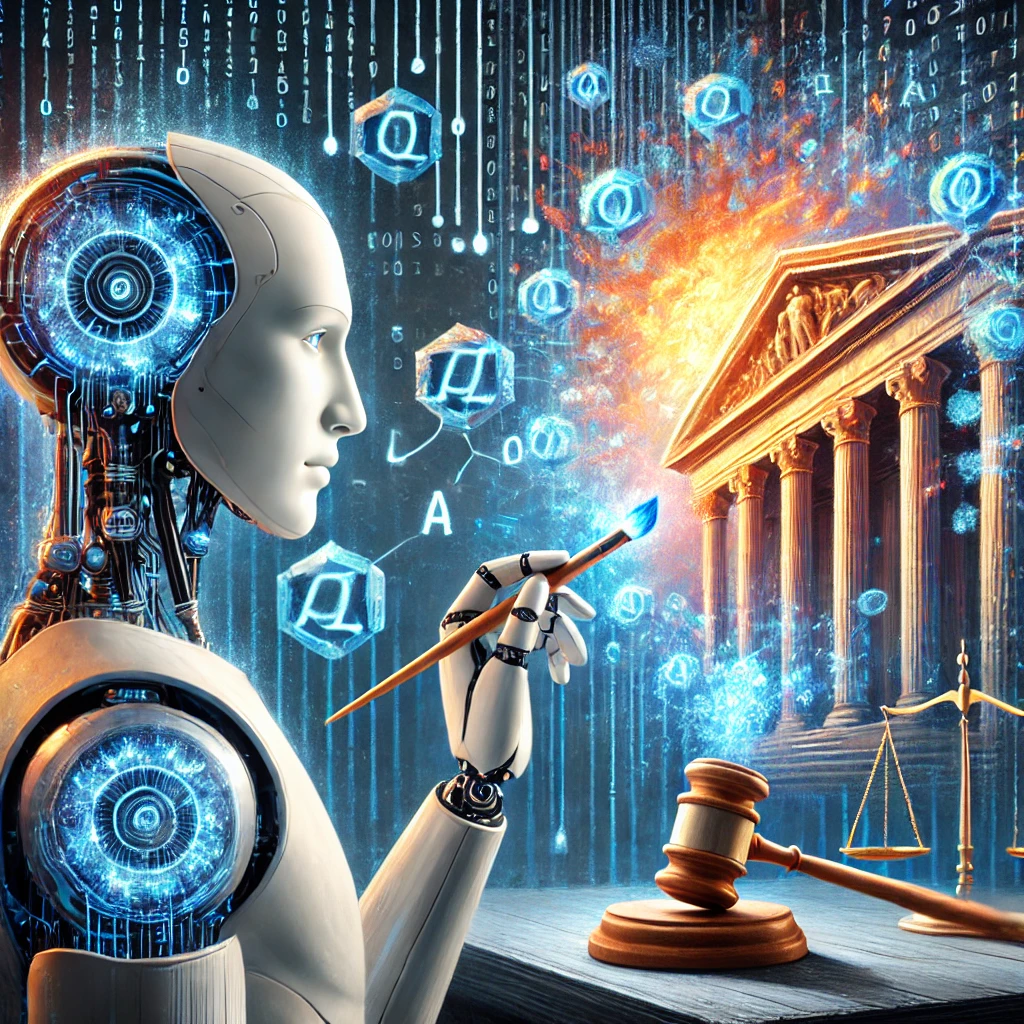No Copyright for AI’s “Paradise” — U.S. Court Rules
On March 18, 2025, the U.S. Court of Appeals for the D.C. Circuit ruled that artworks generated by artificial intelligence are not eligible for copyright protection. The case originated when computer scientist Stephen Thaler sought to register the copyright for a work titled “A Recent Entrance to Paradise,” created by an AI system he developed called “Creativity Machine” (commonly known as DABUS).
This case raises a fundamental question in an era where AI is deeply integrated into the worlds of art and creativity: What does it truly mean to create?
Human-Centric Copyright Law
The court’s reasoning was consistent and straightforward: copyright law presumes human authorship. Judge Patricia Millett, who wrote the court’s opinion, emphasized that copyright is designed around the human life cycle (life plus 70 years after death) and that managing or transferring copyrights requires legal personhood.
In other words, the foundation of copyright law is built on the assumption of human creativity, and under current legal frameworks, there is no room to recognize AI as an author.
The “Work Made for Hire” Argument Rejected
Thaler also tried a different approach, framing the AI as an “employee” and himself as the “employer” to claim copyright. This too was rejected. The court explained clearly that an AI cannot enter into a contract, and thus, no employment relationship can be established.
This ruling illustrates the limitations of trying to fit AI into traditional legal structures.
How Do Other Countries See It? A Global Crossroads
Interestingly, similar debates are taking place in Japan. In 2024, the Tokyo District Court rejected a patent application filed by DABUS. However, the Japanese government is now moving toward recognizing patents for inventions assisted by AI. In short, as long as AI plays a supporting role in creation or invention, there appears to be room for it within intellectual property systems.
By contrast, U.S. courts maintain a strict adherence to current law, suggesting that any changes should come from the legislature.
The Future of Creativity: Human + AI Collaboration
Perhaps the most important takeaway from this ruling is this: While AI alone cannot hold copyright, works created jointly with humans may still qualify. This frames AI as a tool—useful and powerful, but not an autonomous creator. Human intention and creative input remain key.
This doesn’t mean AI-driven creations lack value; rather, it underscores the growing importance of proving and documenting how humans were involved in the creative process.
Conclusion: A Legal Lag, or a Thoughtful Step Forward?
Compared to the rapid evolution of AI technology, legal systems may seem slow to adapt. However, this ruling could be seen not as a failure to keep up, but as a careful and necessary pause. Crafting new legal rules requires broad consensus on values, ethics, and societal implications.
As we enter an age where AI can “create,” we are once again confronted with the question: To whom does creativity truly belong?

